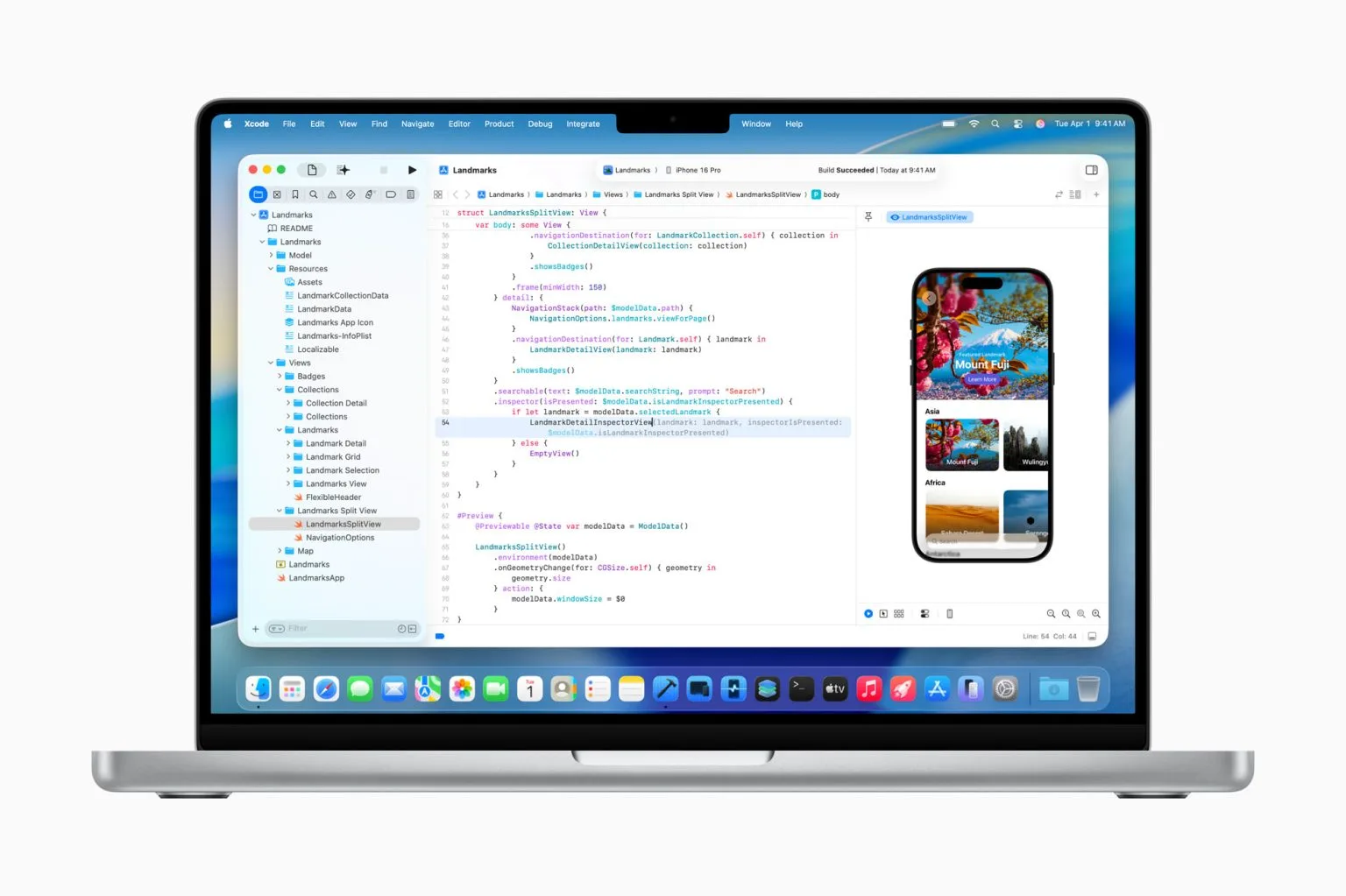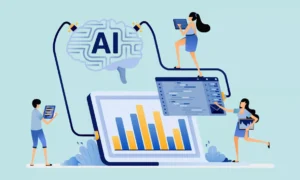Apple just made its most powerful AI move in years—and it’s not about flashy features.
Instead, the tech giant is quietly reshaping how apps interact with its core intelligence system. By opening access to its foundational AI model, Apple is inviting developers to build smarter, more private AI tools directly into iOS. Could this be the start of Apple’s own silent AI revolution?
What’s the News?
At this week’s Worldwide Developers Conference (WWDC), Apple announced a pivotal shift: it’s giving third-party developers direct access to its on-device foundational AI model. This is the same three-billion-parameter large language model (LLM) that powers Apple Intelligence, the company’s suite of generative AI features.
The model runs entirely on-device, reflecting Apple’s privacy-first philosophy. While that design limits processing power compared to cloud-based rivals, it ensures that user data never leaves the device—an increasingly valuable tradeoff in today’s privacy-conscious landscape.
Apple’s senior vice president of software engineering, Craig Federighi, said during the keynote: “We’re opening up access for any app to tap directly into the on-device, large language model at the core of Apple.”
Developers can now integrate these capabilities using the new Foundation Models framework, which only requires three lines of Swift code. The framework includes built-in support for guided generation, tool-calling, and other AI-powered features—all optimized to run securely on Apple silicon.
Early adopters are already experimenting. Automattic’s Day One journaling app has begun using the framework to add intelligent summaries and suggestions, while preserving the privacy of users’ notes. “Now we can bring intelligence and privacy together,” said Paul Mayne, head of Day One.
Xcode 26, Apple’s newest development environment, also adds AI-assisted coding. Developers can write code with help from integrated LLMs, including local models or services like ChatGPT—without needing an OpenAI account.
Another new offering: Visual Intelligence is expanding to third-party apps through App Intents. For instance, Etsy is piloting the technology to power smarter, camera-based product searches directly within its iOS app. CTO Rafe Colburn called it “a meaningful unlock.”
Yet despite these technical breakthroughs, investor reaction was cool. Apple shares dipped 1.2% after the keynote, with some analysts viewing the AI rollout as cautious rather than bold.
Why It Matters
This move signals a profound shift in how AI will operate inside the Apple ecosystem. For years, Apple has kept tight control over system-level tools. By opening its foundational AI to developers, it’s now enabling a wave of AI-powered apps that respect privacy without sacrificing intelligence.
It also sets Apple apart from competitors like Google and Microsoft, who rely heavily on cloud-based AI. Instead of chasing ever-larger models, Apple is doubling down on efficiency, optimization, and local inference. This has major implications for healthcare, finance, and education—where user data sensitivity makes on-device AI a clear advantage.
Long term, this approach could redefine how users interact with personal technology. Imagine apps that understand you better without ever sending your data to the cloud.
💡 Expert Insight
Reactions among analysts are mixed. Some praised Apple’s restraint and focus. Ben Bajarin, CEO at Creative Strategies, noted:
“You could see Apple’s priority is what they’re doing on the back-end, instead of what they’re doing at the front-end, which most people don’t care about yet.”
Others were less impressed. Thomas Monteiro, senior analyst at Investing.com, called the features “incremental at best” and questioned Apple’s leadership in the AI space.
Still, for many developers, the ability to work with a native, secure AI model inside Apple’s ecosystem marks a powerful new opportunity.
🔮 GazeOn’s Take
Apple may not be chasing AI headlines, but it’s building a long game. Its developer-first, privacy-focused strategy gives it a unique position in the AI race—especially as users grow weary of data-sharing risks. We expect to see a wave of Apple Intelligence–powered apps emerging by year’s end.
If Apple plays this right, its silent AI may end up speaking louder than competitors’ cloud-based hype.
💬 Reader Question
Will Apple’s on-device AI reshape how developers design private-first experiences? We’d love to hear your take.
(Photo by Apple )
About Author:



























